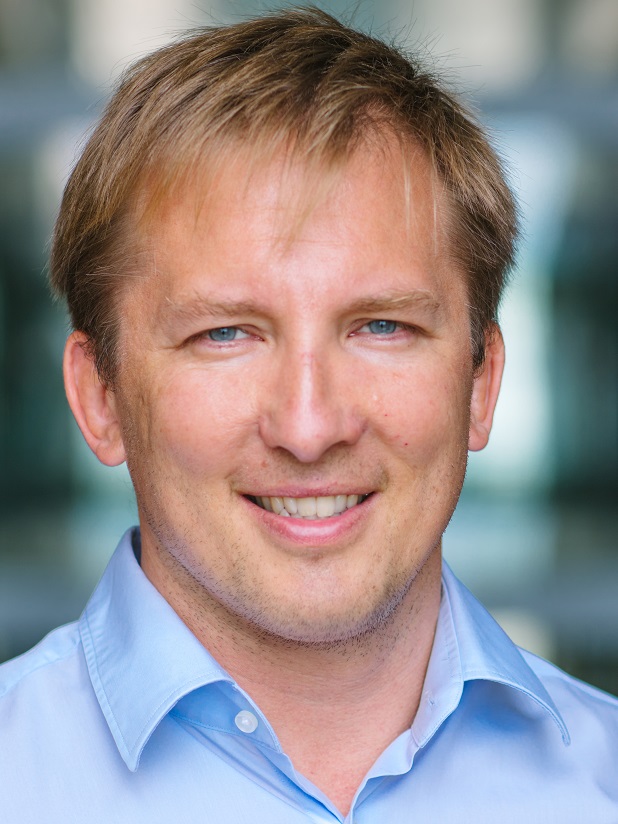Day of the 5th MolVA Workshop: June 12, 2023
| Chair: Jan Byška | First Session |
| 09:00 — 09:05 | Opening |
| 09:05 — 10:05 | Invited Talk: 3D Modeling of Cellular Mesoscale Ivan Viola |
| 10:05 — 10:30 | Moliverse: Contextually embedding the microcosm into the universe M. Brossier, R. Skånberg, L. Besançon, M. Linares, T. Isenberg, A. Ynnerman, and A. Bock |
| Chair: Bjorn Sommer | Second Session |
| 11:00 — 11:25 | A virtual and mixed reality platform for molecular design & drug discovery – Nanome version 1.24 S. J. Bennie, M. Maritan, J. Gast, M. Loschen, D. Gruffat, R. Bartolotta, S. Hessenauer, E. Leija, and S. McCloskey |
| 11:25 — 12:25 | Invited Talk: Evolving aesthetics in biomolecular graphics Laura Garrison |
| 12:25 — 12:30 | Closing Remarks |
Invited Speakers:
Ivan Viola
Title: 3D Modeling of Cellular Mesoscale

Abstract: In this talk I will present the vision of reconstructing entire biological systems, observable on the level of cellular mesoscale, from microscopy imaging experiments to geometric full-atom models. Cellular mesoscale can be now created through procedural modeling, by expressing the spatial-rule set controlling the placement of full-atom molecular models. In addition to procedural modeling, cellular mesoscale can be directly modelled from cryo-electron microscopy and cryo-electron tomography imaging data. First, optimization-based tomographic reconstruction methods are used to convert the tilt-series micrographs into volumetric representation of the mesoscale. On a more detailed magnification, structurally-identical instances of the same protein are identified and superimposed. These mesoscale or molecular details can be visually inspected using volume visualization. Volume visualization of mesoscale can be further improved by integrating detail-rich reconstructed molecular volumetric detail. Molecular volumetric representation is used to estimate the full-atom structure of a given protein, which can be automatically placed in the scene to progressively create a full-atom representation of cellular mesoscale. While these methods still require substantial human involvement, in the future I foresee many of the microscopy interpretation tasks to be automated.
Bio: Ivan Viola is a professor at King Abdullah University of Science and Technology (KAUST), Saudi Arabia. He graduated from TU Wien, Austria, in 2005 he took a postdoc position at the University of Bergen, Norway, where he was gradually promoted to the professor rank. In 2013 he received a WWTF grant to establish a research group at TU Wien. At KAUST, he continues developing new technologies that make visual, in-silico life at nanoscale possible. Viola co-founded the Nanographics startup to commercialize nanovisualization technologies.
Laura Garrison
Title: Evolving aesthetics in biomolecular graphics

Abstract: Visual aesthetics in representing biomolecular structures is an ever-changing landscape that responds to technological advances, modes of dissemination, and user requirements. In this talk, I will discuss the goals, challenges, and solutions that have shaped current practices in biomolecular imagery with a focused discussion on rendering, color, narrative, and human-computer interface. The design space for aesthetics in biomolecular graphics will continue to evolve with increasing collaboration between domains, offering numerous opportunities and challenges to explore in the future.
Bio:
Laura Garrison is a visualization researcher and biomedical illustrator currently affiliated with Bouvet ASA and the Mohn Medical Imaging and Visualization Centre, Haukeland University Hospital in Bergen, Norway. She received her PhD in Visualization from the University of Bergen for her work on multiscale visualization of human physiology for discovery and communication. She is a recipient of the Karl-Heinz Höhne (MedVis) Award (2021) and the Dirk Bartz Prize this year. Prior to her PhD, she worked as an artist and content director in medical education technology start-ups in Chicago, Silicon Valley, and New York City. She is passionate about combining art, science, and technology to ask better questions
and share stories about data, particularly for the life sciences. Contact her at lauragarrison87@gmail.com.